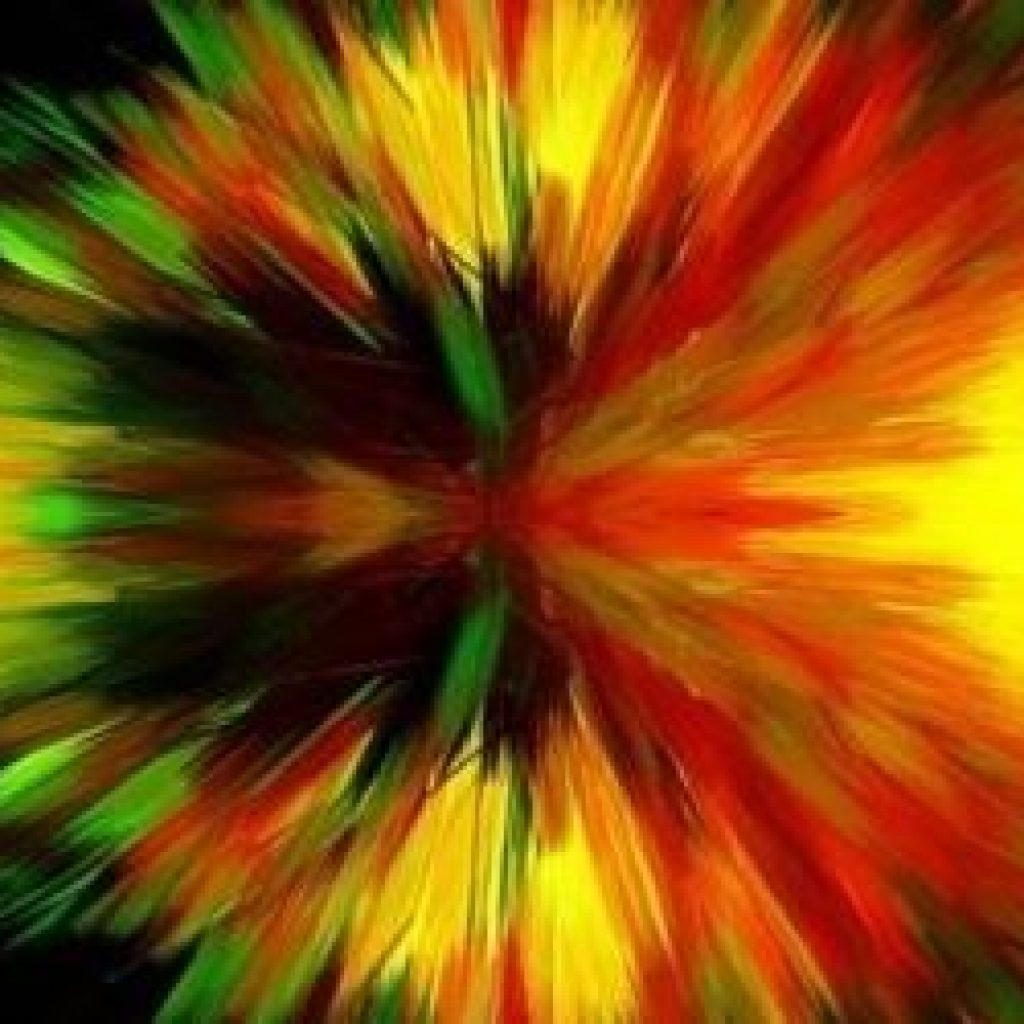(SemiEngineeringManufacturing) Several entities are developing quantum sensors for a range of applications.
RF Quantum Sensors:
The Defense Advanced Research Projects Agency (DARPA) has launched a program that will propel the development of RF quantum sensors.
The project, called the Quantum Apertures (QA) program, is led by Honeywell, Northrop Grumman, ColdQuanta, and SRI International. The group will develop portable and directional RF receivers with greater sensitivity, bandwidth, and dynamic range than classical RF technologies. The project will advance the development of a quantum RF sensor technology called the Rydberg sensor.
John Burke, the program manager leading the QA program at DARPA. “With the introduction of quantum, we have the ability to replace the existing fundamental limits placed on antenna technology with a whole new set of rules. Quantum Apertures seeks to create a paradigm shift in the way we access and use the spectrum.”
The program will advance the development of Rydberg sensors.
Quantum Receivers:
The Army Research Laboratory (ARL) has recently developed a quantum receiver.
This technology could pave the way towards a new class of sensors in defense applications, such as electronic warfare, sensing and communications. It could one day give soldiers on the battlefield a way to detect communication signals over the entire RF spectrum in a single system.
In the lab, ARL combined an atomic RF receiver and spectrum analyzer. At the heart of the system is a thermal Rydberg sensor. “All previous demonstrations of Rydberg atomic sensors have only been able to sense small and specific regions of the RF spectrum, but our sensor now operates continuously over a wide frequency range for the first time,” said Kevin Cox, a researcher at ARL. “This is a really important step toward proving that quantum sensors can provide a new, and dominant, set of capabilities for our soldiers, who are operating in an increasingly complex electro-magnetic battlespace.
Dark Matter:
The National Institute of Standards and Technology (NIST) has developed a new quantum sensor, a technology that could detect signals from dark matter.
dark matter exists in the universe, but it is invisible to the entire electromagnetic spectrum. To date, though, researchers have failed to directly observe or detect dark matter.
There are several entities looking for dark matter in various labs worldwide. If one can find or detect dark matter, it may give researchers a better understanding of the origins of the universe and matter.
NIST’s quantum sensor consists of 150 beryllium ions confined in a magnetic field. The ions are configured in a flat 2D crystal just 200 millionths of a meter in diameter.
